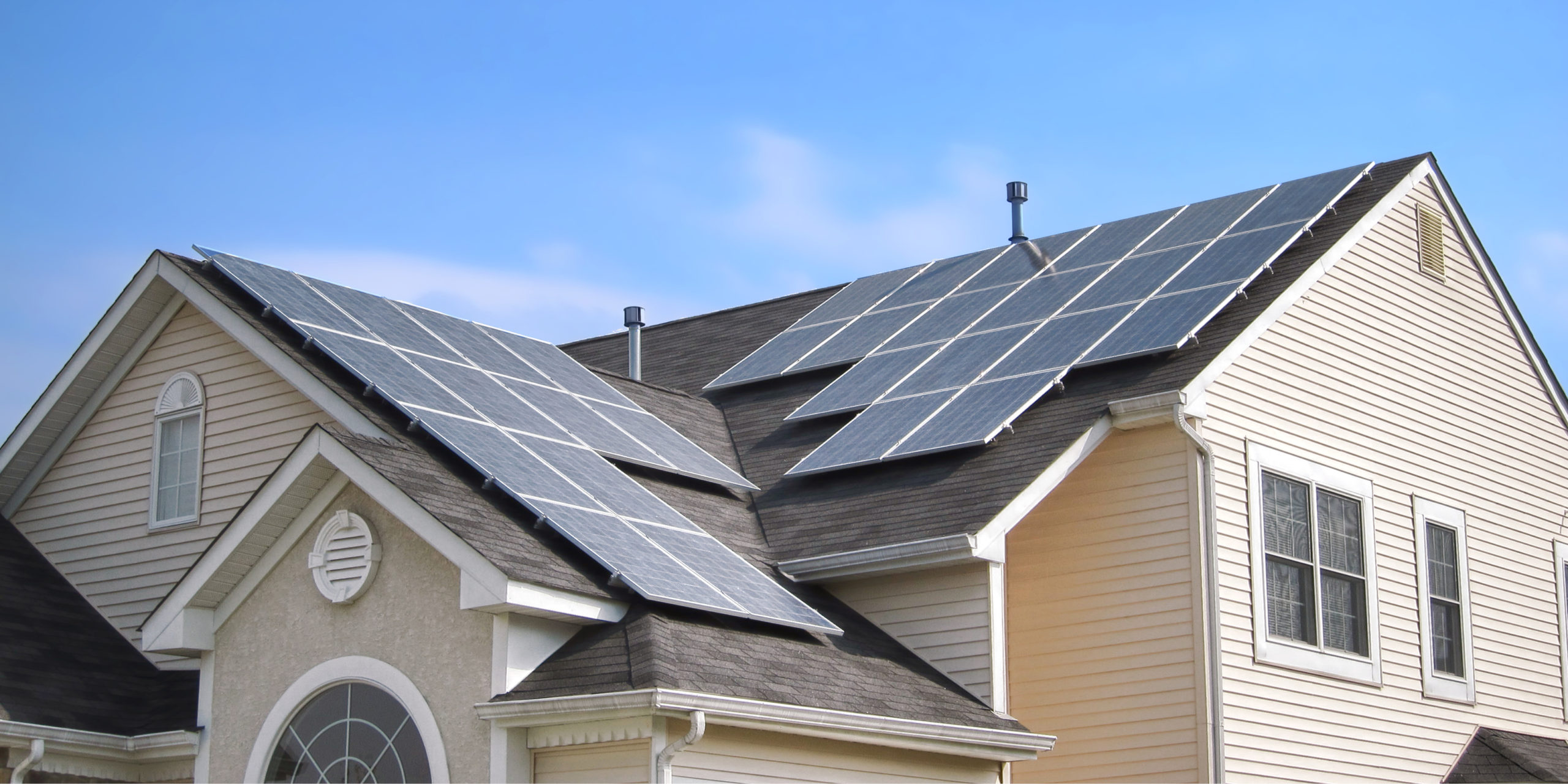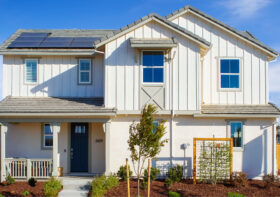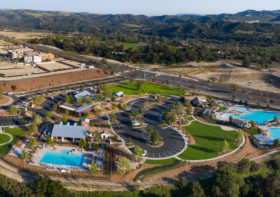The Future Is (All) Electric
WHA Building Safety Series
In recognition of Earth Day, we wanted to take a closer look at the changes the housing industry is implementing to respond to climate change and make the built environment more sustainable. The world continues to deal with the effects of climate change and the results of an over-reliance on fossil fuels. Buildings are responsible for roughly 40% of energy consumption and 33% of greenhouse gas emissions. In response to this, there are initiatives nationally and in California towards carbon neutrality.
At the start of 2023, the new code cycle was implemented with focus on a continued push toward a more sustainable and carbon free environment. The 2023 code shifts focus from efficiency in energy usage to changing where that energy is coming from and preparing for future changes in that direction.
Many local jurisdictions are already taking the next step and implementing full electrification ordinances for all new construction. For example, on March 28th, the City of Irvine passed an ordinance that will go into effect June 30, 2023, requiring all newly constructed buildings to use electricity as its sole source of energy. As of February 14th, 2023, 74 California cities and counties have passed some kind of building electrification code or ordinance, including major cities of Los Angeles, San Francisco, and Riverside.
Another change California homeowners will see this year is the modernization of the Net Energy Metering (NEM) program to meet the state’s clean energy goals. The state was previously under NEM 2.0 whereby enrolled homeowners and businesses received per-kWh credits for their solar electricity that was equal to the value of a kWh of utility electricity. As of April 15, 2023, all new businesses and homeowners fall under NEM 3.0. Under the new regulations utility companies will buy excess power generated from homeowners with solar panels at a 75% lower rate. NEM 3.0 will also require customers to switch to specific Time-of-Use plans with very high peak electricity rates.
When considering all these changes, the state is suggesting that all new construction should have adequate on-site energy production and storage. While it is not yet required, it is trending in that direction and with each code cycle, we make great leaps in energy conservation measures. If the equipment is not provided to meet the state’s goals, homeowners will have to pay the deferred cost through their utility bills. WHA is working closely with our partners within the industry to prepare for these changes and provide solutions to the challenges that they present. These changes provide an opportunity for creative solutions that will deliver more sustainable homes. If you would like further information or embark on a deeper dive with us, please reach out. We are happy to set up a meeting.





Leave a Reply